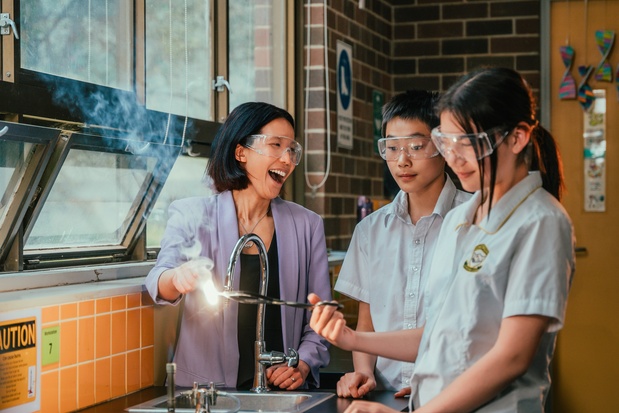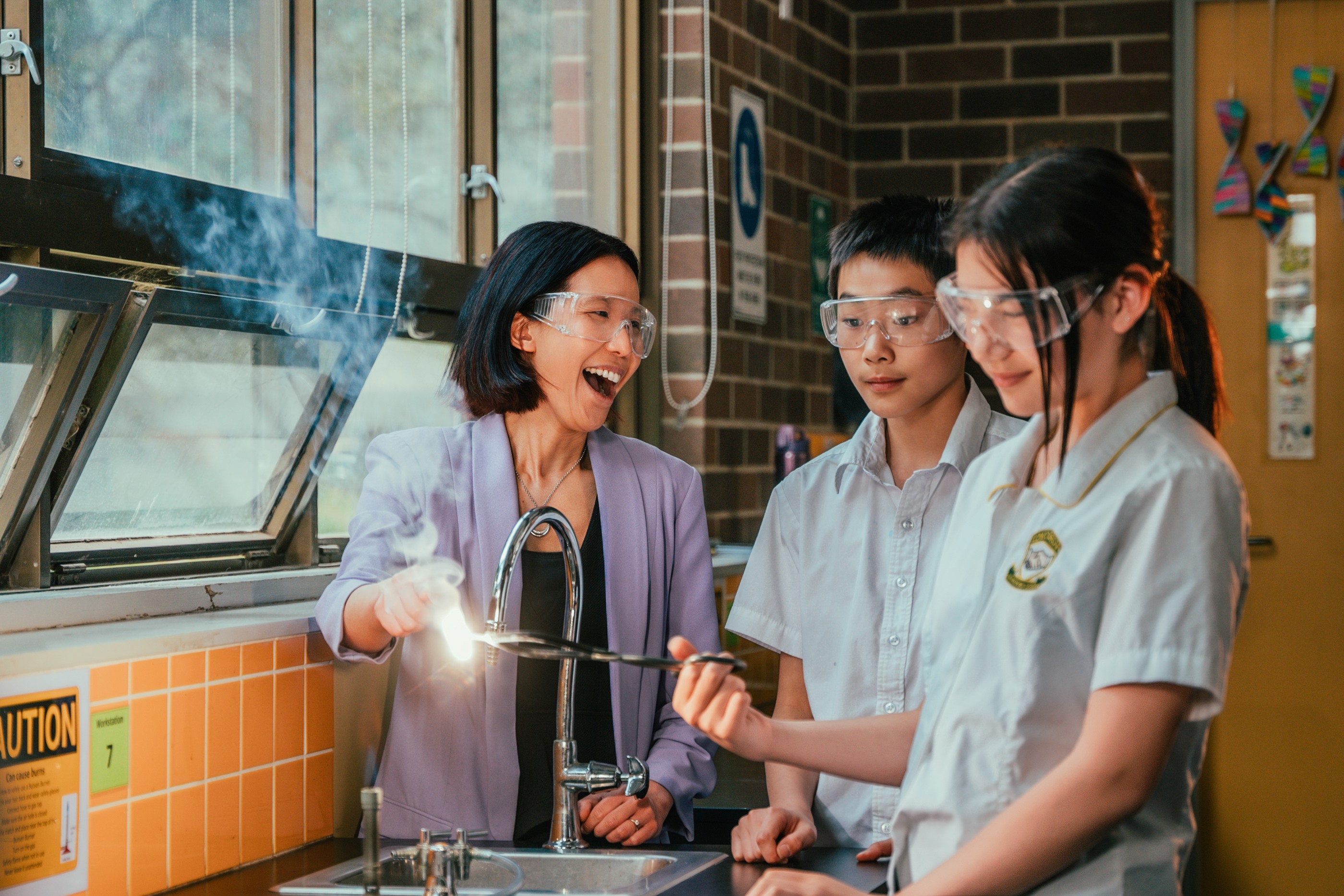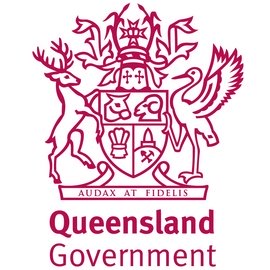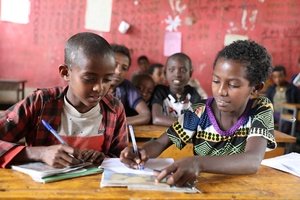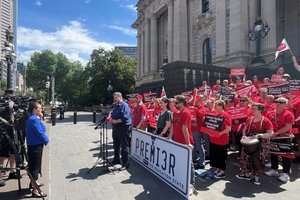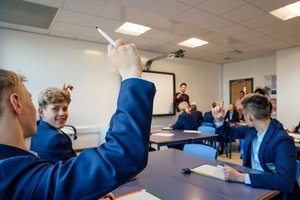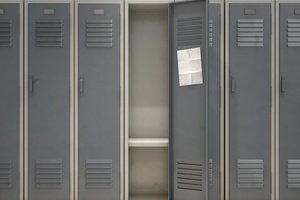Perhaps ironically, it unfolded at Sydney’s Central train station, far from the confines of a school lab.
“I could just hear someone go, ‘Miss, Miss, Miss! And I was like, ‘Who is that yelling? I didn’t realise it was for me,” Leung, from Concord High School, tells EducationHQ.
“And there was this young girl just running down the platform.
“She said, ‘Miss Leung, Miss Leung!’ She was actually one of the student Year 9s that I first taught in my first school [where] I had quite challenging classes.
“I did remember her. She wasn’t the easiest student to engage.”
But it was the exchange that followed that moved Leung profoundly.
“She said, ‘Remember me? I’m so sorry I was so difficult. I want you to know that I did love your lessons, and it was because of Year 9 that [I] actually ended up really liking science’.
“She was doing a teaching degree at university to become a science teacher,” Leung recalls.
The affirmation meant everything, the teacher says.
“You feel like you’re hitting your head against a brick wall sometimes, especially with Year 9.
“But you are making a difference – especially to have one of your former students say you’ve helped inspire them to become a science teacher, like, that’s a stand-out moment for anyone.”
Leung now has another professional highlight to dwell on, having recently been named as the recipient of the Prime Minister’s Prize for Excellence in Science Teaching in Secondary Schools – a recognition that comes with $250,000 in prize money, and with no strings attached.
Leung says it was ‘very surprising’ when Ed Husic, Minister for Industry and Science, called one Friday afternoon last term to say her nomination had been successful and she had, in fact, taken out the national prize.
For the first time, this year the prize money for the two teaching awards was raised to equal that of the other categories.
Leung says this sends a clear message to the profession.
“You know, you don’t become a teacher to win the Prime Minster’s prize! That’s not your motivation,” she laughs.
“But I think it’s a symbolic gesture, that the prize money is now the same, because it’s a recognition that teaching is just as important.”
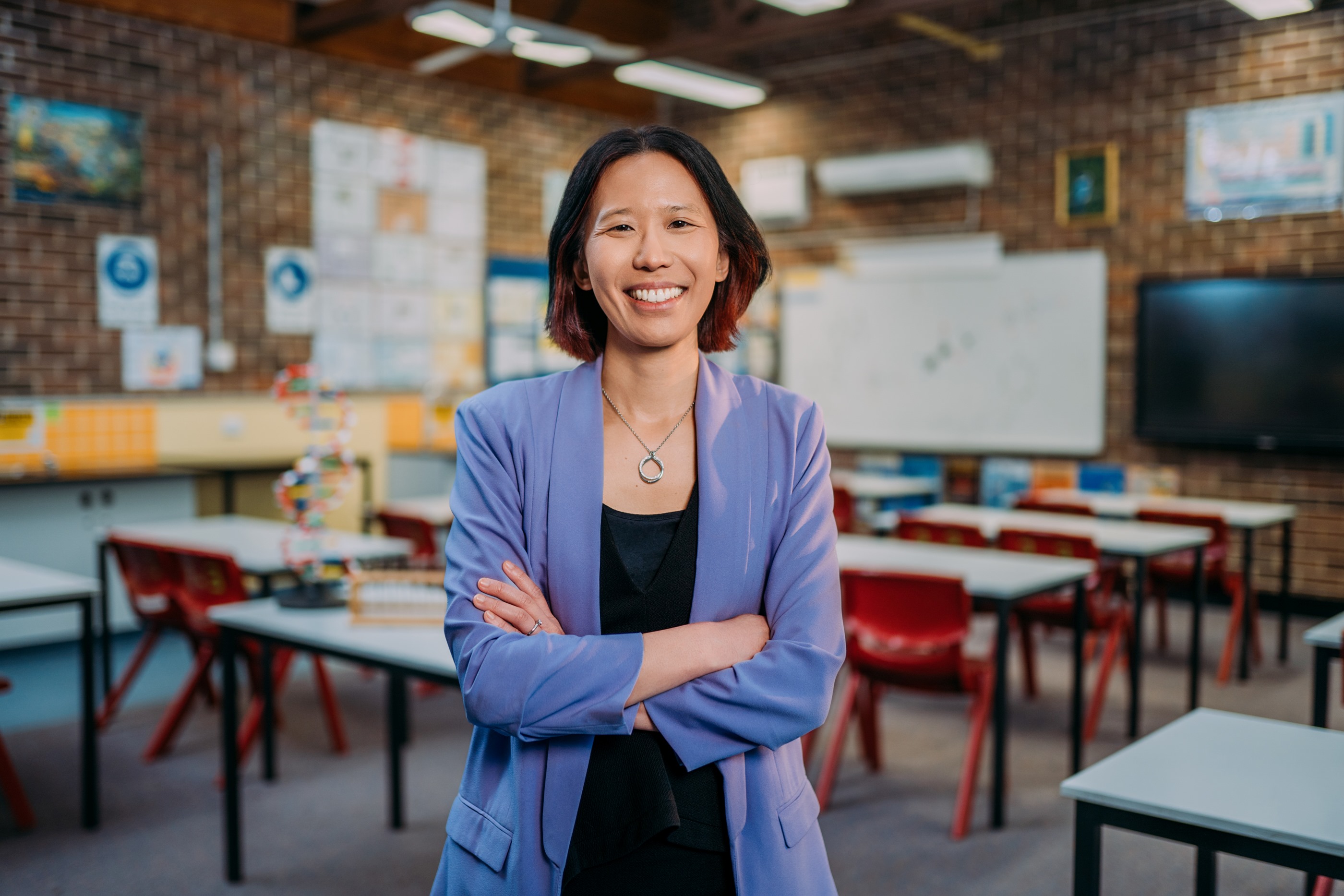
“[Teaching] has definitely become – I want to say harder. It’s different and it’s more complex,” Leung says.
As for her award-winning instructional approach, Leung says ‘fun, but with rigour’ broadly encapsulates it.
“So, it’s not just about [making science fun], but you kick off with a hook that it is fun,” she explains.
“[Some younger students] might not find science that interesting. And even if they pick chemistry when they’re in Year 11 and 12, they might not actually like it – they just have to pick it.
“But I use a lot of food to motivate them.”
For example, when teaching the concept of limiting reagents (‘a concept in balancing chemical equations’, Leung offers) the teacher has students construct ice-cream sandwiches to unpack the theory.
“Or we mix sherbert,” she says.
“We use chocolate muffins and chocolate cookies to learn about different methods of mining, and [how to determine if] a particular ore is going to be economical or worthwhile to mine.”
It turns out the structural integrity of the choc-chip treats is the perfect model to illustrate the conservation complexities involved with mining, Leung adds.
“When we extract the chocolate from either the muffin or the cookie, [it] has become an absolute mess, and I [say to students], ‘try to put it back together’.
“And they’re like, ‘You can’t’.”
“So, you really push the concept that once we do have to mine – we do need to have the resources – but once you mine a particular section of land, you can never get it back to the way it used to be.
“It doesn’t matter how much money you throw at it, how careful you are, in the end it’s going to be different…”
Leung says her array of food props helps to fuel students’ interest in otherwise quite abstract topics.
“Maybe they don’t see the direct impact on their lives right now because they're 12. It’s making that link a bit easier.”
Even though teaching on the whole has become increasingly more complex since Leung started out in the classroom, she says it’s “just as fun and enjoyable”.
“It has definitely become – I want to say harder. It’s different and it’s more complex,” she says.
Vast advancements in technology have dramatically shifted the teaching landscape, too, Leung points out.
Early on in her career, the average staffroom might have contained a total of two desktop computers “because people just didn’t use them”.
“It was perfectly acceptable and expected that in a staffroom of eight teachers, you’d have two desktop computers to share.
“And that was fine, because that was the nature of the work. And now, if you don’t get a laptop, it’s almost like ‘how do I teach?’”
Leung was also among those to see the first smart boards filter in, a time when she recalls teachers had to book in to use the limited number allocated to the whole school.
Giving a shout out to her teaching colleagues across the system, Leung says she only received the PM’s recognition because of every single person she’s worked alongside in schools.
“I really want to emphasise that the work that’s happening in our New South Wales public schools is phenomenal.
“And it’s because of that whole collaboration and support on a system-wide scale that I was able to receive the prize.”

